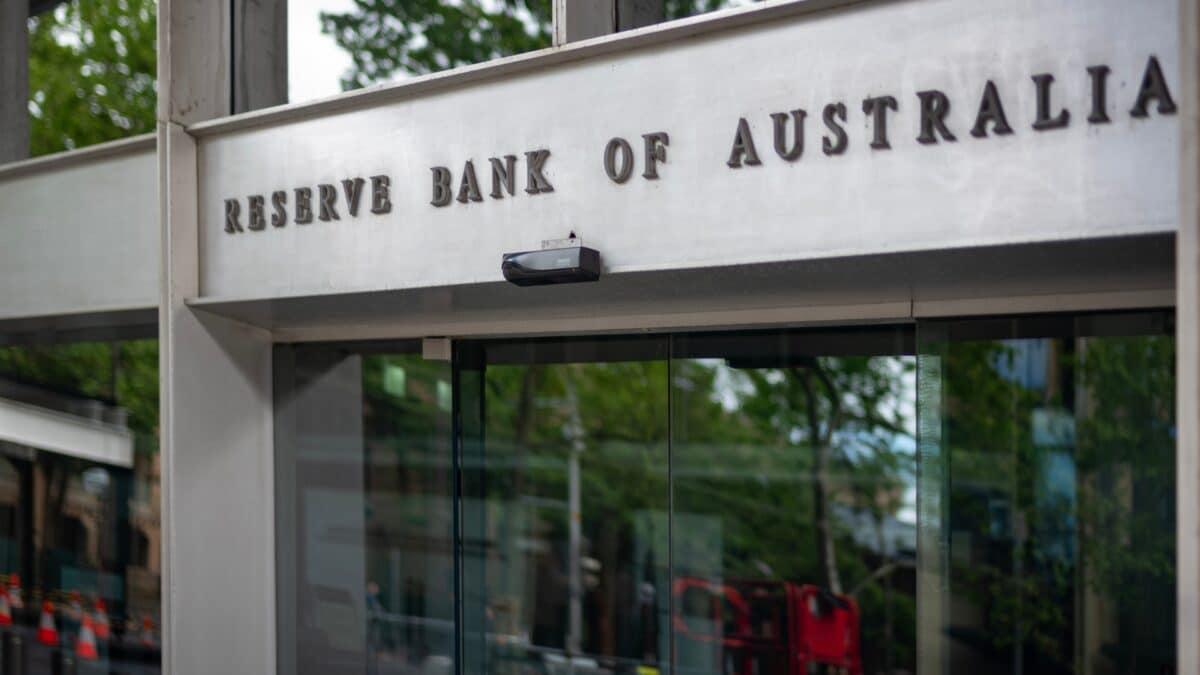Australian households, particularly mortgage holders, are facing renewed financial uncertainty after the latest inflation report indicated stronger-than-anticipated price growth in April. The data has cast doubt over the likelihood of a near-term interest rate cut, prompting economists to reconsider the Reserve Bank of Australia’s (RBA) monetary policy trajectory.
The unexpected uptick in inflation, particularly in key sectors such as housing, food, and recreation, has weakened expectations for a July rate cut. Market watchers are now turning their focus to the June quarter CPI report, due in late July, for signs of sustained easing in inflationary pressures.
Core Inflation Edges Higher Despite Seasonal Trends
According to the Australian Bureau of Statistics (ABS), the trimmed mean Consumer Price Index (CPI)—a central measure used by the RBA—rose by 2.8% in the year to April, up from 2.6% in March. This reading surpassed forecasts and suggests that core inflation is proving more persistent than previously estimated.
Headline inflation, which includes volatile components like fuel and holiday travel, came in at 2.4%, marginally higher than the 2.3% consensus forecast. The increase comes during a month typically associated with seasonal price hikes due to Easter and Anzac Day spending, but the breadth of the rise points to deeper structural pressures.
Housing and Rent Prices Contribute to Inflationary pressure
Housing costs continued to rise, with housing inflation reaching 2.2% in April, compared to 1.8% in March. Rents, a significant component of household expenses, increased 5.0% annually, following a 5.2% rise in March. Though this marks the slowest growth in rental prices since February 2023, it still reflects a challenging environment for tenants, particularly in urban centres.
Vacancy rates have begun to rise in several capital cities, which may help moderate rental inflation over time. However, for now, rental market tightness remains a notable driver of living costs, contributing directly to the RBA‘s cautious stance on rate policy.
Food and Beverage Costs Show Mixed Signals
The food and non-alcoholic beverages category remained another key contributor to April’s price growth. While overall food inflation slowed in most sub-categories, one standout was the sharp rise in egg prices, which surged 18.6% year-on-year. This spike was largely attributed to bird flu outbreaks that disrupted supply chains and reduced availability.
Recreational and cultural spending also added to inflation, influenced by heightened consumer activity during public holidays. The combined impact of these sectors has further complicated the inflation outlook for the coming months.
Rate Cut Delayed as Economic Analysts Adjust Expectations
David Bassanese, chief economist at Betashares, described the April inflation data as “mildly disappointing,” noting it effectively rules out a July rate cut. He added that with easing global trade concerns and the next CPI report scheduled for late July, the RBA is more likely to act in August, barring a significant economic shock.
The RBA’s cash rate, which started the year at 4.35%, has been reduced to 3.85% following cuts in February and May. Analysts now expect further rate reductions to occur in August and November, provided that inflation continues to fall within the central bank’s 2–3% target band. The RBA’s pattern of basing decisions on quarterly CPI data has become the defining feature of its current policy approach.
Electricity Prices Continue Downward Trend
Electricity costs provided a modest offset to rising consumer prices, falling 6.5% in the 12 months to April. This follows a 9.6% annual drop in March, driven by ongoing government rebates designed to reduce household energy bills. While helpful, this relief has not been sufficient to outweigh cost increases in housing and food.
The mixed inflation profile underscores the complexity of the economic environment. While certain categories offer relief, persistent cost pressures in core sectors are keeping policymakers on alert as they weigh future decisions.









